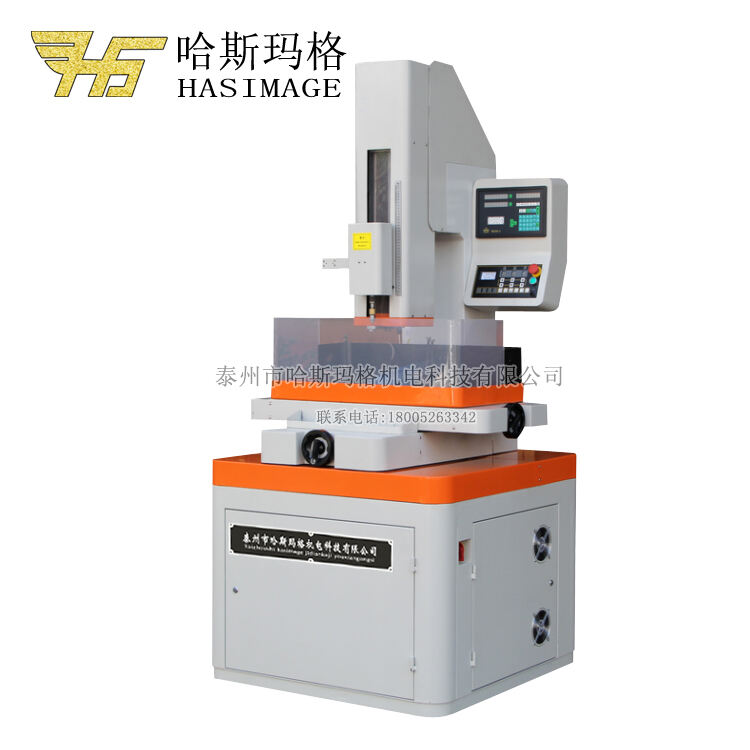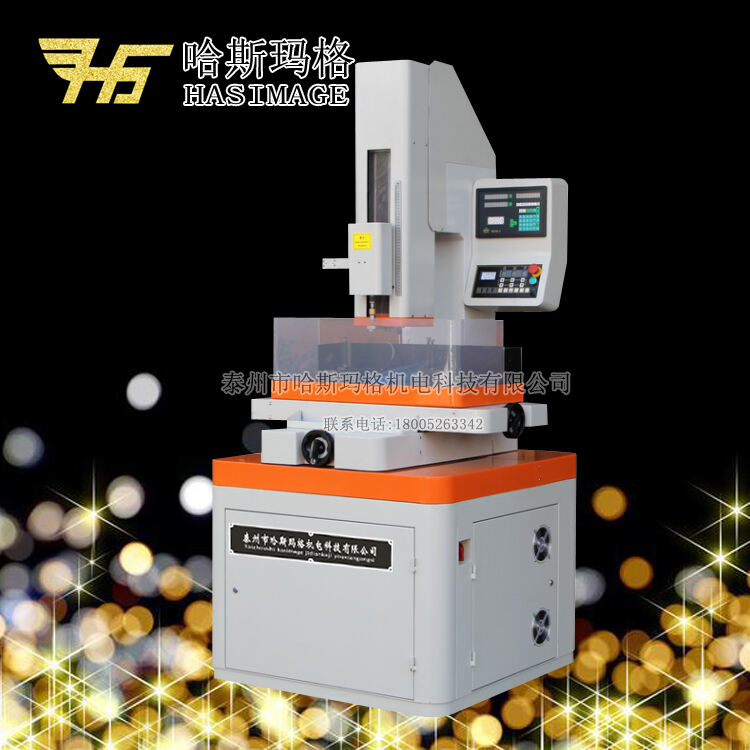Understanding the Revolutionary Impact of Electrical Discharge Machining
EDM drilling represents one of the most significant advances in modern manufacturing technology. This sophisticated machining process has transformed how industries approach precision hole-making, especially in materials that were once considered challenging to work with. By utilizing electrical discharges to remove material, EDM drilling offers unique advantages that conventional drilling methods simply cannot match.
The process works by creating controlled electrical sparks between an electrode and the workpiece, effectively vaporizing material without applying physical force. This fundamental difference from traditional drilling methods is what makes EDM drilling particularly effective at reducing material stress and deformation during the manufacturing process.
The Science Behind EDM Drilling Technology
Thermal-Based Material Removal Process
At its core, EDM drilling relies on thermal energy rather than mechanical force to remove material. The process creates a series of rapidly recurring electrical discharges between the electrode tool and the workpiece, with both components submerged in dielectric fluid. Each spark generates intense heat, typically reaching temperatures between 8,000 and 12,000 degrees Celsius, causing the material to melt and vaporize in microscopic amounts.
This thermal-based approach eliminates the physical forces that typically cause stress and deformation in traditional drilling methods. Instead of pushing or cutting through the material, EDM drilling gently erodes it away, maintaining the structural integrity of the surrounding area.
Role of Dielectric Fluid in Stress Prevention
The dielectric fluid plays a crucial role in the EDM drilling process. Beyond its primary function of facilitating controlled electrical discharges, it also serves as a coolant and flushing medium. The fluid rapidly cools the workpiece after each spark, preventing heat accumulation that could lead to thermal stress. Additionally, it helps remove debris from the cutting zone, ensuring consistent and precise material removal.
The careful regulation of temperature through the dielectric fluid system helps maintain dimensional accuracy and prevents unwanted material changes that could result in internal stresses or surface deformation.
Material Stress Reduction Mechanisms
Absence of Physical Contact Forces
Traditional drilling methods rely on cutting forces that can introduce significant stress into the workpiece. These forces often lead to material deformation, especially in thin or delicate parts. EDM drilling eliminates this concern by operating without physical contact between the tool and the workpiece. The only forces present are those created by the electrical discharge, which are minimal and highly controlled.
This contact-free approach is particularly beneficial when working with hardened materials or complex geometries where conventional drilling might cause cracking or distortion. The absence of mechanical stress allows for more precise hole placement and better overall part quality.
Controlled Energy Distribution
The energy distribution in EDM drilling is remarkably uniform and controlled. Each spark removes a precise amount of material, and the process can be finely tuned through various parameters such as current intensity, pulse duration, and frequency. This level of control ensures that energy input into the material is consistent and manageable, preventing localized stress concentrations that could lead to material failure.
Modern EDM drilling systems incorporate advanced power supply controls that optimize the energy distribution pattern, further reducing the risk of thermal stress and ensuring uniform material removal across the entire cutting zone.

Practical Applications and Benefits
Aerospace Component Manufacturing
The aerospace industry particularly benefits from EDM drilling's stress-reducing capabilities. When manufacturing turbine components, cooling holes must be drilled with absolute precision while maintaining the structural integrity of the part. EDM drilling allows for the creation of these critical features without introducing stress that could compromise the component's performance under extreme operating conditions.
Engine components and structural elements manufactured using EDM drilling demonstrate superior durability and reliability, largely due to the absence of residual stresses that could lead to premature failure.
Medical Device Production
In medical device manufacturing, the ability to create precise features without introducing material stress is crucial. EDM drilling enables the production of intricate components for implants, surgical instruments, and diagnostic equipment while maintaining material properties that are essential for biocompatibility and longevity.
The stress-free nature of the process ensures that medical devices maintain their designed characteristics throughout their service life, contributing to better patient outcomes and reduced risk of component failure.
Future Developments and Trends
Advanced Process Control Systems
The future of EDM drilling technology points toward even greater precision and control. Manufacturers are developing sophisticated monitoring systems that can detect and adjust for minimal variations in the drilling process, further reducing the possibility of stress-induced defects. These systems use artificial intelligence and machine learning to optimize parameters in real-time, ensuring consistent quality across large production runs.
Integration with digital twin technology allows for precise simulation and prediction of material behavior during the EDM drilling process, enabling manufacturers to anticipate and prevent potential stress-related issues before they occur.
Hybrid Manufacturing Solutions
The integration of EDM drilling with other manufacturing processes is becoming increasingly common. These hybrid solutions combine the stress-reducing benefits of EDM with the efficiency of conventional machining methods, offering manufacturers greater flexibility and improved productivity while maintaining the highest quality standards.
Advanced hybrid systems can seamlessly switch between EDM and conventional drilling based on the specific requirements of each feature, optimizing both process efficiency and part quality.
Frequently Asked Questions
How does EDM drilling compare to conventional drilling in terms of material stress?
EDM drilling significantly reduces material stress compared to conventional drilling because it doesn't rely on physical cutting forces. Instead, it uses controlled electrical discharges to remove material, eliminating the mechanical stress typically associated with traditional drilling methods. This results in better part quality and reduced risk of material deformation.
What types of materials are best suited for EDM drilling?
EDM drilling is particularly effective on electrically conductive materials, including hardened steel, titanium, carbide, and other challenging-to-machine materials. It excels at working with heat-resistant superalloys and materials that are prone to stress-induced damage when machined conventionally.
Can EDM drilling be used for micro-scale applications?
Yes, EDM drilling is highly suitable for micro-scale applications due to its ability to create extremely small holes with high precision and minimal material stress. This makes it ideal for manufacturing components in industries such as electronics, medical devices, and precision instruments where maintaining material integrity is crucial.




